Helder C. R. Oliveira
Diagnosis/Prognosis of COVID-19 Images: Challenges, Opportunities, and Applications
Dec 28, 2020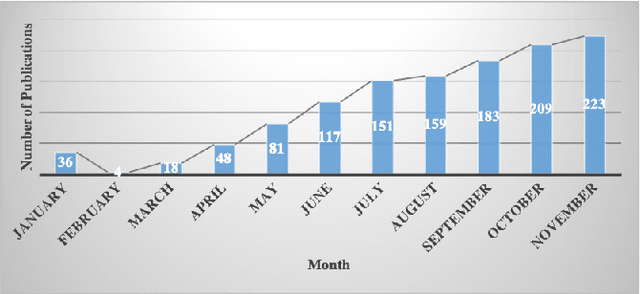
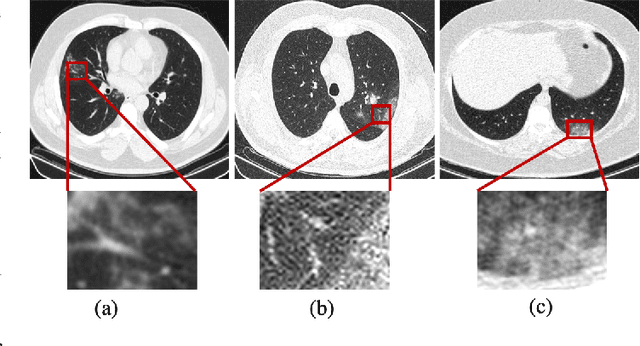
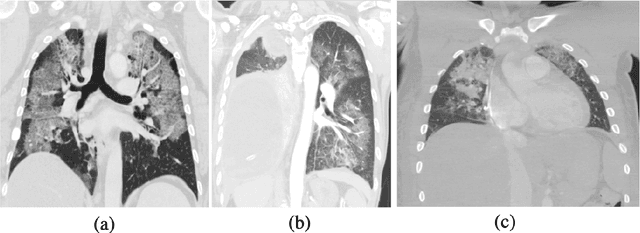
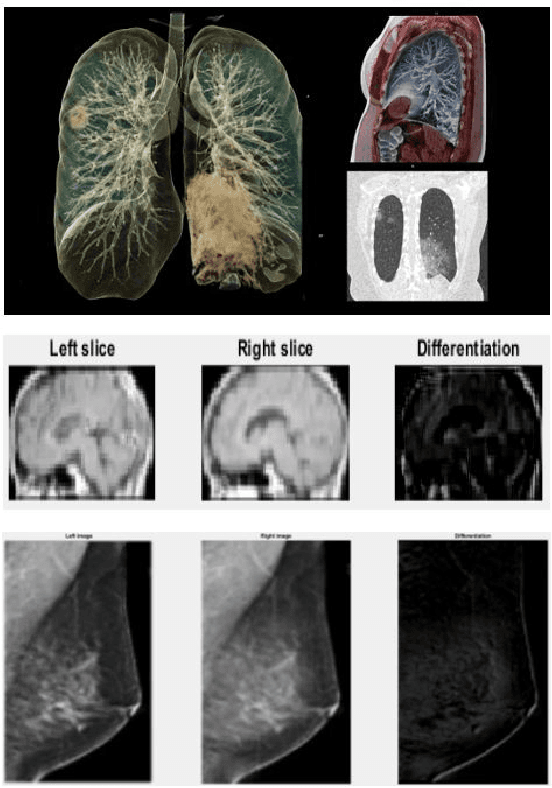
Abstract:The novel Coronavirus disease, COVID-19, has rapidly and abruptly changed the world as we knew in 2020. It becomes the most unprecedent challenge to analytic epidemiology in general and signal processing theories in specific. Given its high contingency nature and adverse effects across the world, it is important to develop efficient processing/learning models to overcome this pandemic and be prepared for potential future ones. In this regard, medical imaging plays an important role for the management of COVID-19. Human-centered interpretation of medical images is, however, tedious and can be subjective. This has resulted in a surge of interest to develop Radiomics models for analysis and interpretation of medical images. Signal Processing (SP) and Deep Learning (DL) models can assist in development of robust Radiomics solutions for diagnosis/prognosis, severity assessment, treatment response, and monitoring of COVID-19 patients. In this article, we aim to present an overview of the current state, challenges, and opportunities of developing SP/DL-empowered models for diagnosis (screening/monitoring) and prognosis (outcome prediction and severity assessment) of COVID-19 infection. More specifically, the article starts by elaborating the latest development on the theoretical framework of analytic epidemiology and hypersignal processing for COVID-19. Afterwards, imaging modalities and Radiological characteristics of COVID-19 are discussed. SL/DL-based Radiomic models specific to the analysis of COVID-19 infection are then described covering the following four domains: Segmentation of COVID-19 lesions; Predictive models for outcome prediction; Severity assessment, and; Diagnosis/classification models. Finally, open problems and opportunities are presented in detail.
Assessing Risks of Biases in Cognitive Decision Support Systems
Jul 28, 2020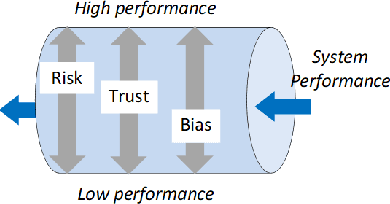

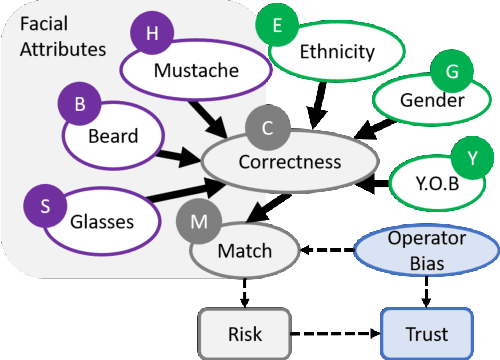
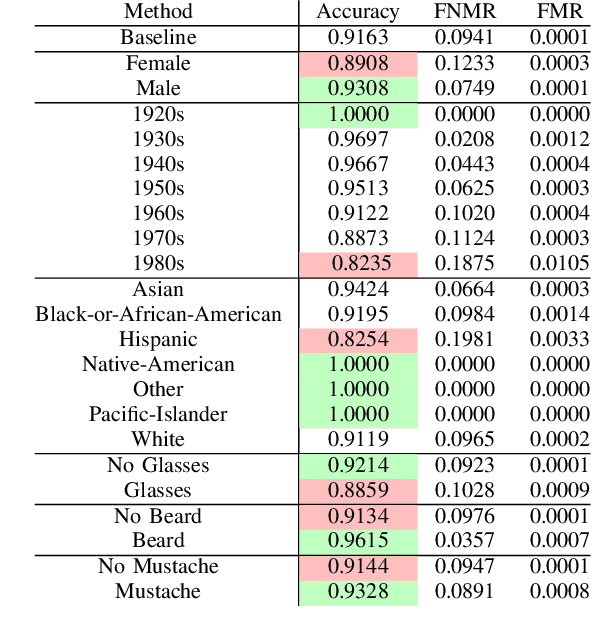
Abstract:Recognizing, assessing, countering, and mitigating the biases of different nature from heterogeneous sources is a critical problem in designing a cognitive Decision Support System (DSS). An example of such a system is a cognitive biometric-enabled security checkpoint. Biased algorithms affect the decision-making process in an unpredictable way, e.g. face recognition for different demographic groups may severely impact the risk assessment at a checkpoint. This paper addresses a challenging research question on how to manage an ensemble of biases? We provide performance projections of the DSS operational landscape in terms of biases. A probabilistic reasoning technique is used for assessment of the risk of such biases. We also provide a motivational experiment using face biometric component of the checkpoint system which highlights the discovery of an ensemble of biases and the techniques to assess their risks.
Data Augmentation for Detection of Architectural Distortion in Digital Mammography using Deep Learning Approach
Jul 06, 2018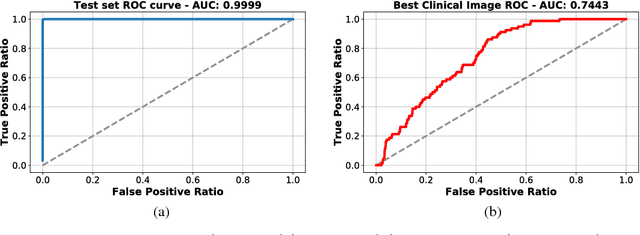
Abstract:Early detection of breast cancer can increase treatment efficiency. Architectural Distortion (AD) is a very subtle contraction of the breast tissue and may represent the earliest sign of cancer. Since it is very likely to be unnoticed by radiologists, several approaches have been proposed over the years but none using deep learning techniques. To train a Convolutional Neural Network (CNN), which is a deep neural architecture, is necessary a huge amount of data. To overcome this problem, this paper proposes a data augmentation approach applied to clinical image dataset to properly train a CNN. Results using receiver operating characteristic analysis showed that with a very limited dataset we could train a CNN to detect AD in digital mammography with area under the curve (AUC = 0.74).
 Add to Chrome
Add to Chrome Add to Firefox
Add to Firefox Add to Edge
Add to Edge